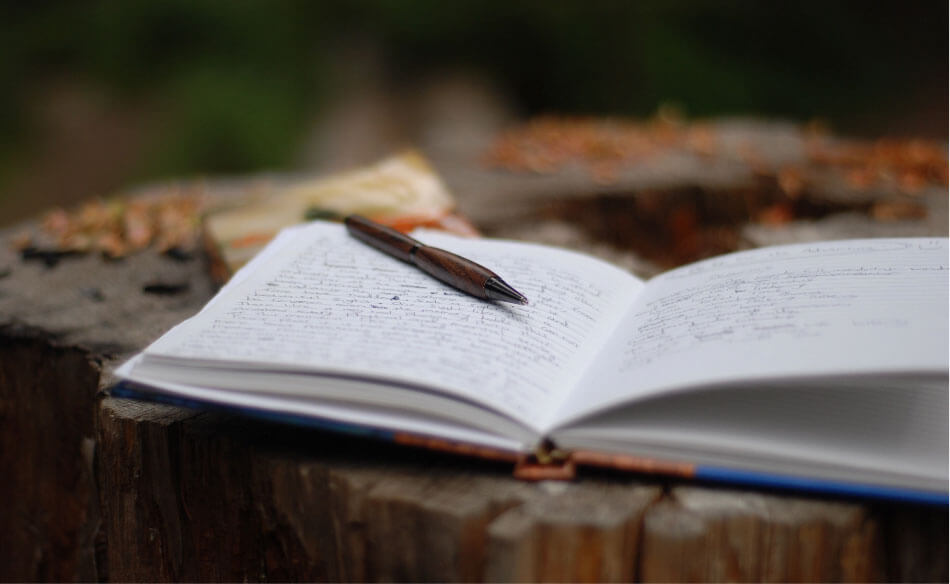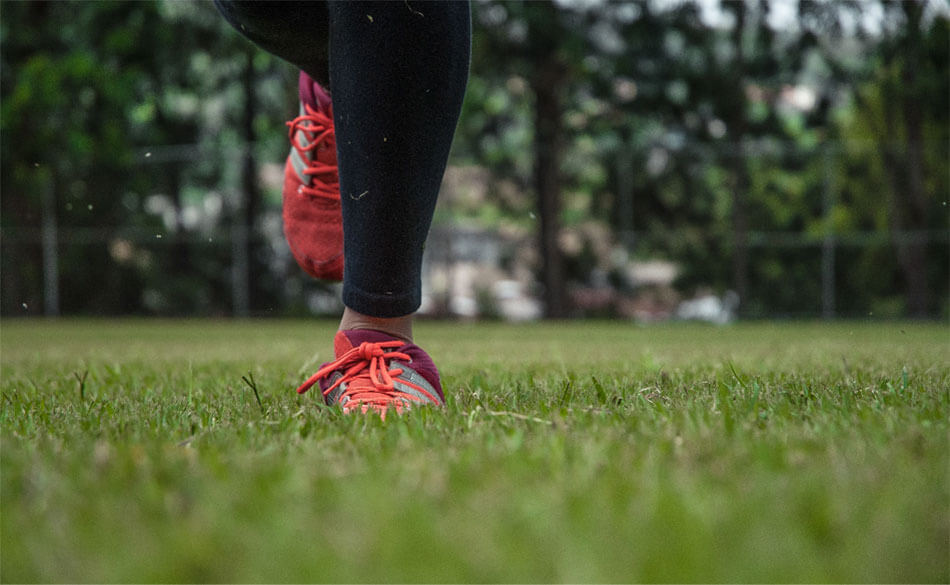ONLY $5.99 Shipping: Flat Rate Economy Shipping*
Free Shipping: Free Economy Shipping is available on orders over $100*
* Free Shipping is only available to valid addresses located in the contiguous U.S.
* Some exceptions apply
Come, run along with us as we share our joy of everything running.

When it comes to key training gear, not many runners are listing their journals. Many of us keep them - some more regimentally than others - but how many of us really consider it an essential part of our daily routine? Let’s take a look at some of the reasons why your journal should be a necessity and how to maximize its benefits for you. Arguably the best part about a running journal is that it is more helpful the more you use it!
I have gotten so attached to my running journals that I now have a large box full of all of my completed journals. My first running journal was integral in switching over from organized athletics to distance running and I truly don’t think I would’ve made it to a half marathon without it. Once I set the 13.1 as my goal toward the beginning of my running journey, I was immediately bogged down with the thought of adding more than eight miles to my usual distance.Even with the head start my training had already given me, adding eight miles seemed like such a daunting task and the route to that addition felt less like a nice paved pathway and more like an intimidating mountain I had to climb. College athletics had spoiled me - someone with more experience than me was always there to give me a workout schedule, nutrition information, and answer any random questions I had. My running journal is how I became the one with the information and experience.

I started by breaking down my main goal into smaller, more manageable goals. When I was already at a good pace for five miles, adding one more mile eight times seemed so much more attainable than only thinking about adding eight miles in total. As I got into more of a rhythm, I began scheduling out some of my runs rather than fitting in what I felt like I could. I quickly found that it is so much easier to stick to a running routine when time is already blocked out for a run rather than waiting until the day to find what feels like the best time to squeeze in a run. This also helped me better plan out different workouts and runs, such as days when I would cross-train, days for my long runs, and days for my tempo runs or interval training. Budgeting time for my runs in advance also made sure that I always had time for warm-ups and cooldowns.
Once I was on a schedule, I started logging what I was eating before and after my runs so I could see if there were any nutritional patterns. And once I was habitually jotting things down in my journal before and after each run, I found I was adding more and more detail. I was noting my routes, my moods, sleep quality, water intake, the weather, and aches and soreness. This level of detail allowed me to cross the line from running hobbyist to a distance runner. Just by making sure to document some of the minutiae of my runs, I was able to start tracking some key areas to really push my top distances and personal records to a new level! This is exactly what I meant when I mentioned that your journal will work hard for you the more you use it. I started out with an idea of my endurance base, but now I had a journal that could help me keep track of some of the other major distance keys:

By this point, I had a direct path to each smaller goal as a stepping stone to the big Half as well as a full record of my successes. From a troubleshooting point of view, I also had a comprehensive guide to my body and my workouts, so I could easily tweak my schedule or my run routes, prevent any overuse injuries, see which foods were fueling me, and see the positive effects of running on my mood and sleeping habits. Having all of the information at my fingertips also kept me motivated - I could see all the progress I had already made and all of the ways that running was good for me in general. Sometimes it’s hard to recognize changes when you are looking each and every day, but with a journal, you can look at things as a bigger picture.
While I do not think that the level of detail in my running journal is for everyone or every personality type, I do think that a journal catered to your needs and your style is truly an integral tool in becoming the best runner you can be, especially when they are so readily available online! Shop Running Journals Now